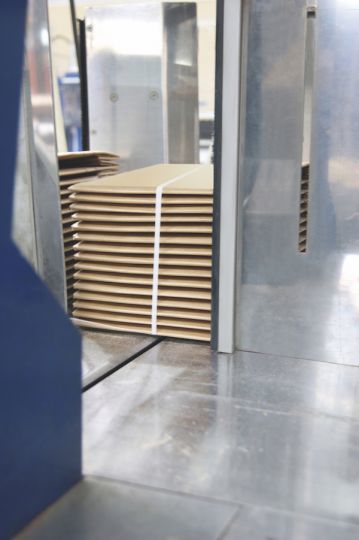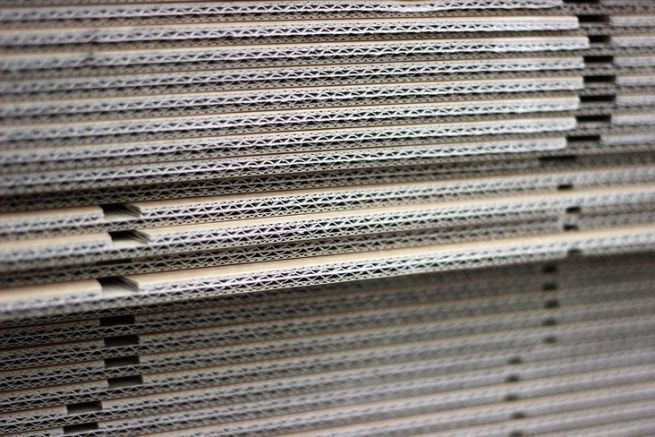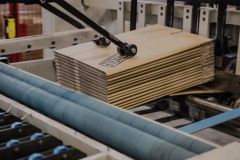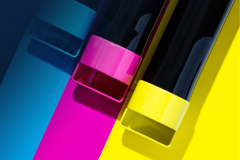A German study investigated the potential for substitution of plastic packaging by corrugated packaging solutions for the countries of the DACH region (Germany, Austria, Switzerland) and assessed the applicability to Europe.
According to this 2019 study from the Society for Packaging Research, corrugated could replace 21% of plastic packaging in the near term with solutions that exist or can be developed within 3-5 years.
Kareen Desbouis, General Delegate of Carton ondulé de France, comments:
"There is now a big demand from packers to substitute plastic packaging with cardboard solutions. Paper and cardboard packaging manufacturers are working to implement these solutions for their customers. There are already solutions that exist.»
According to the study, the substitution potential in food packaging is 14%. And the percentage increases considerably for fruit and vegetables. 64% of plastic packaging for fruit and vegetables could be replaced by corrugated packaging.
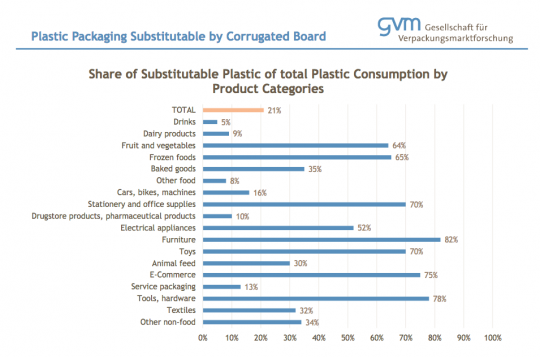
Screenshot 2019 study from the Society for Packaging Research.
Plastic-free solutions
Many alternative solutions already exist, but some of these solutions contain plastic.
"There is research and innovation that is being implemented to find solutions without plastic and already today, depending on the technical characteristics that are required, solutions exist with treatments (waxes, kerosenes, varnishes) that can meet the technical requirements requested. But we do not yet have the means to meet all the requirements, for example for the needs of barrier properties explains Kareen Desbouis.
The Grenoble Paper Technical Center is working on innovations such as chromatogenics to make paper and cardboard hydrophobic, i.e. water-resistant, and glueless sealing systems to solve packaging closure problems.
"These innovations will arrive in the more or less distant future, but we can imagine one day arriving at 100% fibrous and recyclable material concludes Kareen Desbouis.
